Pope Francis’s Enduring Legacy in the Philippines: A Nation Mourns its ‘People’s Pope’
Pope Francis’s visit to the Philippines in 2015 left an indelible mark on the nation, earning him unparalleled affection from the country’s 80 million Catholics. The trip, occurring just two years into his papacy, was a remarkable display of faith and resilience, particularly in light of devastating natural disasters. Initially scheduled for Tacloban City, where Super Typhoon Haiyan (Typhoon Yolanda) had claimed over 6,000 lives in 2013, the visit was met with challenging weather conditions, prompting organizers to urge the Pope to cancel his open-air mass. However, driven by a deep commitment to remembering and supporting the victims, Pope Francis flew through the typhoon from Manila, demonstrating extraordinary dedication. The event itself unfolded on a rain-soaked makeshift stage before hundreds of thousands of weeping pilgrims – many who had lost everything in the catastrophic storm.
The Pope’s arrival was met with scenes of profound grief, but also unwavering faith. He addressed the crowd with heartfelt empathy, acknowledging their immense suffering and offering solace: “So many of you have lost everything,” he stated, “I do not know what to tell you. But surely He knows what to tell you! So many of you have lost members of your family. I can only be silent; I accompany you silently, with my heart.”
The visit wasn’t without tragedy. Just hours after the mass, a steel scaffolding collapsed at the University of Santo Tomas, killing 27-year-old Kristel, an aid worker who was among the congregation. Paul Padasas Jr., whose daughter had been tragically lost, experienced profound grief and questioned God’s intentions. In a deeply moving encounter, Pope Francis visited Mr. Padasas, offering comfort and prayers. He placed his hands over Mr. Padasas’ head, describing it as feeling like an “electric current,” and told him that he was praying for Kristel. The meeting left Mr. Padasas profoundly moved, stating he felt a sense of peace.
The trip’s success extended beyond the individual encounter with Mr. Padasas; Pope Francis presided over an open-air mass in Luneta Park, Manila’s main square, attracting a staggering six million attendees – officially recognized by Guinness World Records as the largest papal gathering ever. This surpassed John Paul II’s 1995 event by two million people. Throughout his five-day visit, traffic congestion was significant, drawing criticism from figures like Rodrigo Duterte, who publicly cursed the Pope for causing such chaos. Despite the logistical challenges and personal tragedies, the atmosphere remained overwhelmingly one of reverence and gratitude.
The Philippines has a rich Catholic history, deeply intertwined with its culture and society since Spanish colonization in the 16th century. Unique traditions, such as devotees nailing themselves to crosses during Easter, reflect this profound faith. Looking ahead, the nation’s five cardinals are considered potential candidates for the next Papacy, with Cardinal Luis Antonio Tagle, already a close confidante of Pope Francis and known for his progressive views, receiving considerable support. His commitment to making Catholicism relevant to younger Filipinos through social media platforms like Facebook and YouTube suggests he would continue the legacy of openness and inclusivity established by Pope Francis. The nation’s mourning is coupled with anticipation for who will succeed him, carrying on the message of compassion and justice that resonated so deeply during his visit.
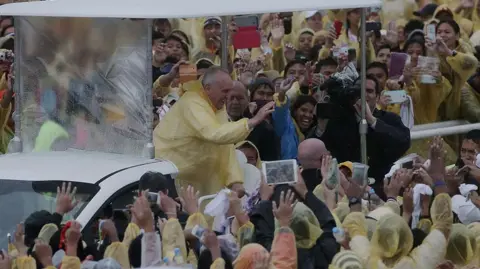
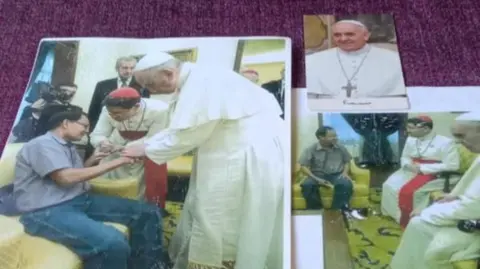
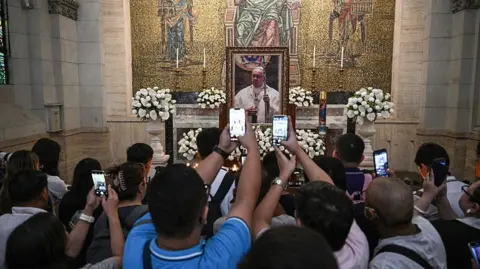

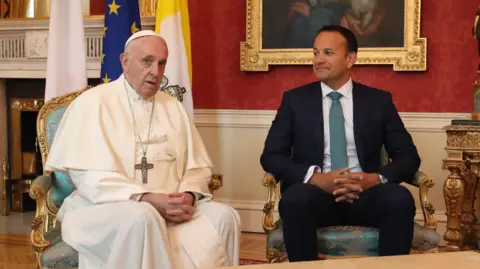
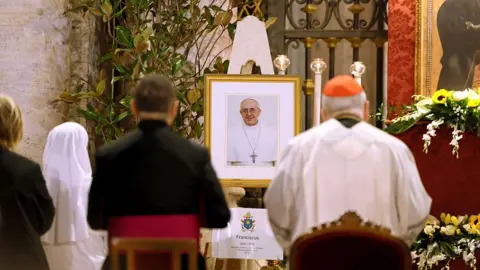
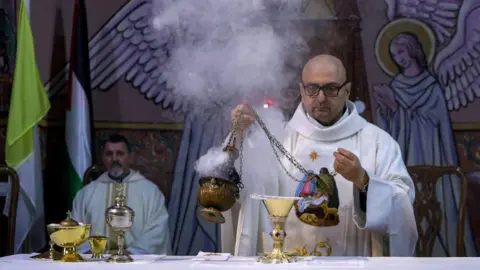
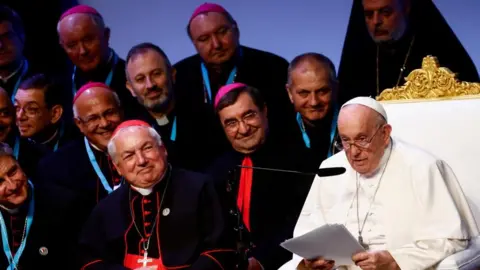
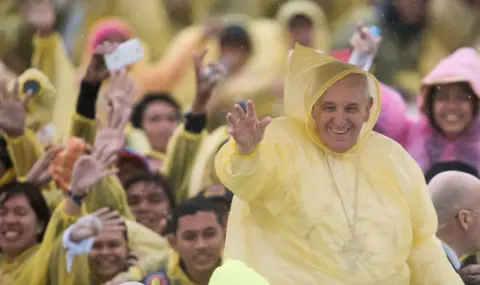

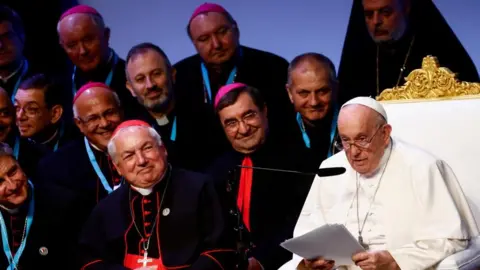

Post Comment